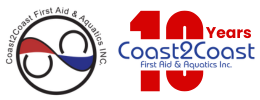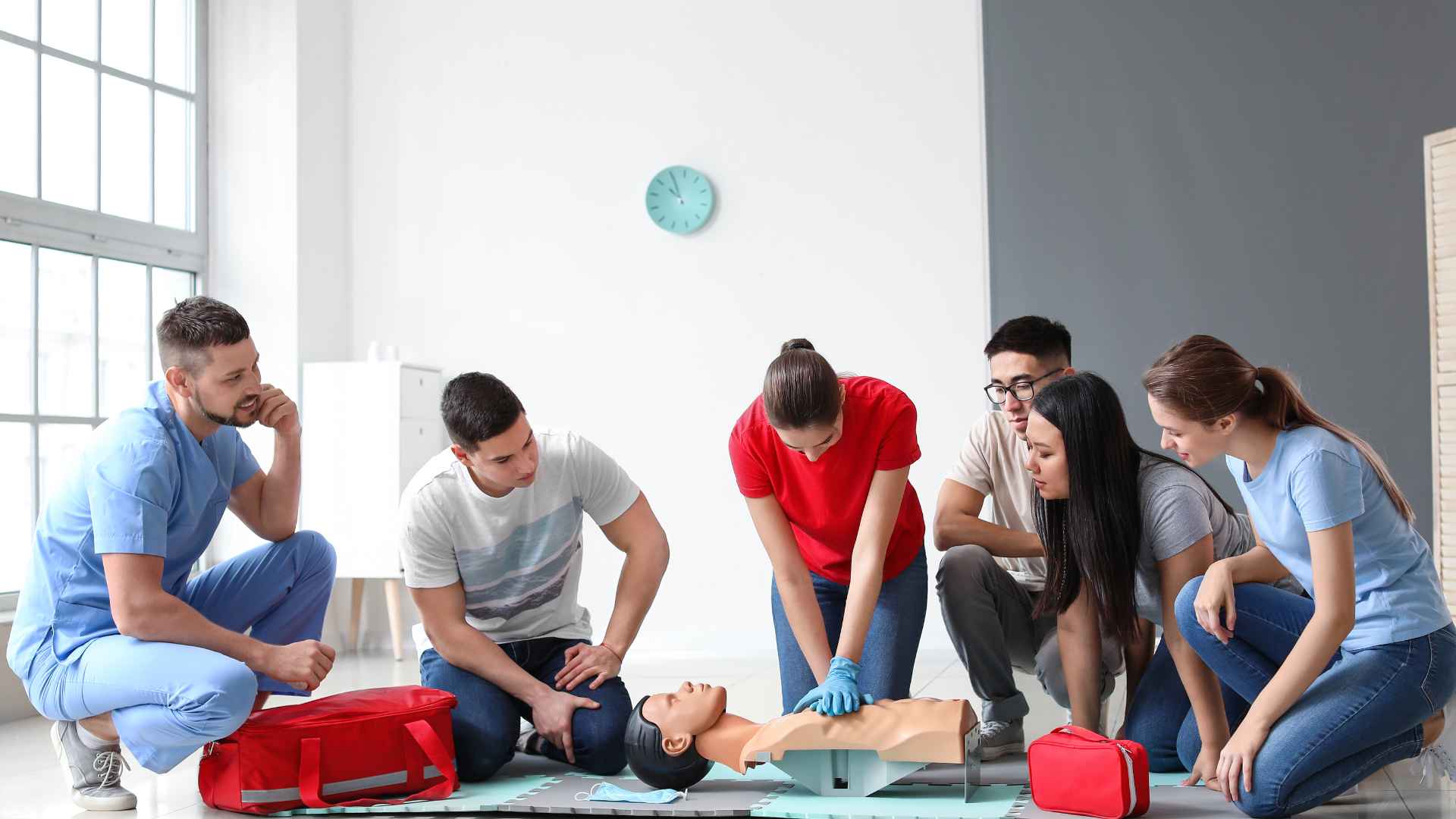A CPR emergency can be one of two things – a terrifying, mind numbing disaster, or a challenge. A frightful challenge, to be sure, but one that you can overcome, given the necessary tools and knowledge necessary for the struggle.
Our North York CPR courses are here to provide people with the necessary skills to determine whether CPR is needed, and then provide this lifesaving technique with calm efficiency.
In this blog we will cover a few basic mistakes that can make an inexperienced or overly stressed person fail in performing CPR.
Always tilt the victim’s head back. Being unconscious often means the victim is suffering from a breathing obstruction. The purpose of CPR is to deliver oxygen-rich blood to their brain. Not allowing for the oxygen to enter the lungs by positioning the victim’s head at a specific angle is the first bad mistake you can make and will likely result in loss of life.
Count out every pump. Performing at least a hundred artificial heart beats a minute over the course of several minutes is physically exhausting. Keeping yourself concentrated on the effort by counting it out loud is necessary. Especially if you need to be replaced by someone else and they’ll need to know the count in order to continue exactly from where you left off.
Apply adequate pressure. This is one of the most important components of our CPR training in North York. It is also emphasized by the standard Red Cross CPR training program. Adequate pressure is essential to keep the blood circulating. There is an understandable fear of hurting the victim, but in this type of emergency it’s misguided and dangerous.
Focus on the compressions. Prioritizing mouth to mouth resuscitation has been proven to be a mistake. When you pump on the victim’s chest, the lungs also contract and draw in fresh air. When you pause to give breath, you stop pumping, which is far more important.
Always assess the victim’s response. Check the carotid vessel for pulse before starting and repeat the check for pulse at regular intervals. There will be no breathless awakening like in the films. Chances are the breath and pulse will be restored (not necessarily in that order) but the victim will still remain unconscious. It’s up to you to register their condition when it changes.
This advice is not by any means a substitute for proper CPR training. It is here to show you there are many things to learn if you want to save a life one day.
We honestly hope this day never comes, but it’s our job and commitment to help you be prepared for it, if and when it does. Call us now to enroll to our North York CPR training and get your cardiopulmonary certification.





